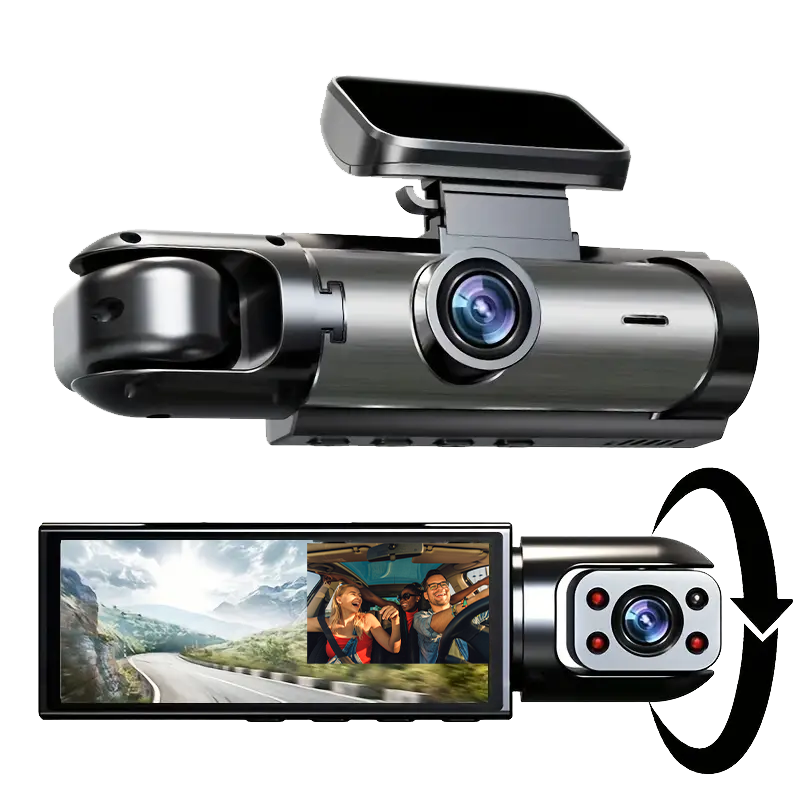
Ducati Motorcycles 851 1987-1992

 |
|
| Manufacturer | Ducati |
|---|---|
| Production | 1987-1992 |
| Successor | Ducati 888 |
| Class | Sport bike |
| Engine | 851 cc (52 cu in), 90° V-twin, fuel injected |
| Power | 93.00 hp (67.9 kW)) @ 9,600 rpm |
| Transmission | 6 speed, chain drive |
| Frame type | Tubular steel trellis frame |
| Brakes | Front: Dual disc Rear: Single disc |
| Tires | Front: 120/70-17 Rear: 180/55-17 |
| Weight | ~430 lb (200 kg) (dry) ~460 lb (210 kg) (wet) |
| Fuel capacity | 20 litres (5.3 US gal) |
The Ducati 851 is a 90° V-twin fully faired sport bike with liquid cooling and four valve heads.
It was produced by Ducati between 1987 and 1992, when it was succeeded by the Ducati 888.For the newly launched World Superbike Championship in 1988, the homologation rules required Ducati to manufacture at least 200 851 superbikes. Records suggest that the company produced 207 of the first series modified with the competition ‘kit’ that upgraded its performance over the production Strada that that was to follow. The kit included higher compression pistons, bigger valves, race cams, twin injectors and 17-inch Marvic magnesium wheels fitted with slick tyres.
The 90-degree, V-twin engine is liquid cooled and very over-square with a stroke of 64mm. The alloy heads each have four valves operated desmodromically by belt-driven, twin overhead camshafts. Fuel supply is by Weber Marelli Alpha/n indirect injection with two injectors per cylinder, the second functioning only at higher revs. Whereas the later, road-going 851 Strada engine developed 88hp, the KIT 851 developed 119hp. The gearbox is a six-speed and the tubular chrome-molybdenum space frame is equipped with Marzocchi M1, anti-dive front forks, a single Marzocchi Supermono rear shock, Brembo 280mm twin floating-disc front brakes and a 270mm Brembo floating-disc rear brake.
Around six months after the homologation series was released, the factory marketed a kit that included 94mm diameter pistons and barrels that took capacity to 888cc, race camshafts, larger valves, injector trumpets, a lightweight flywheel, a lightweight clutch kit, a race ECU, a higher-output alternator, a new wiring loom and new front and rear sub-frames. Both the homologated and Strada models sported the distinctive red, white and green tricolore of the Italian flag.
Development
The Ducati 851 was the successor to the air-cooled two-valve Ducati 750 F1. Development had lagged with the continued use of two valve engines, but new investment funded the technological advance that Ducati desperately needed. After buying Ducati, Cagiva invested in the development of another V-twin, but with liquid cooling, and four-valve desmodromic heads. Massimo Bordi had designed a 4V Desmo in 1973 for his thesis at the University of Bologna, and with Cagiva in 1985, saw his updated ideas come into production as the Desmoquattro. Based on the Pantah motor, but with liquid cooling, fuel injection, and desmodromic four valve heads (with an included valve angle of 40°), the 851 made Ducati once again competitive in motorcycle racing.
The original Desmo Quattro was an experimental 748 cc 4 valve racer (seen at the Bol d'Or in 1986) and used 750 F1 Pantah crankcases. Bordi collaborated with Cosworth to develop the heads, but in the time they had, they were only able to reduce the included valve angle of the desmodromic engine to 40°, while less than 30° was possible with valve springs. Ducati stuck with the desmodromics. The subsequent 851 road bike had stronger crankcases, while the heads and valves remained the same; designed to fit above the 88 mm bore of a 748 cc version.
The 1987 – 1988 Ducati 851 Tricolor used the signature steel tube trellis frame, adorned with Marvic wheels, Brembo brakes and Marzocchi suspension. That first release was criticised for its handling, with the 16inch wheels so the wheels were enlarged from a 16-inch to 17-inch wheels. In addition, upgraded Ohlins USD suspension components were fitted front, along with fully floating front Brembo brake rotors.
In 1991 the bore was enlarged when Ducati released the SP Series of limited edition race replicas needed to sell the required number of bikes for the street in order to be homologated for racing, thus creating the Ducati 888. In 1992 three Ducati superbike models were available: the 851 Strada (851 cc), the 888 SP4 (888 cc) and the 888 SP4S (888 cc).
Racing
- 1986 Marco Lucchinelli - (Pole Position, Misano GP)
- 1987 Marco Lucchinelli - (Pole Position, SBK)
- 1990 Raymond Roche - SBK (World Champion, SBK)
